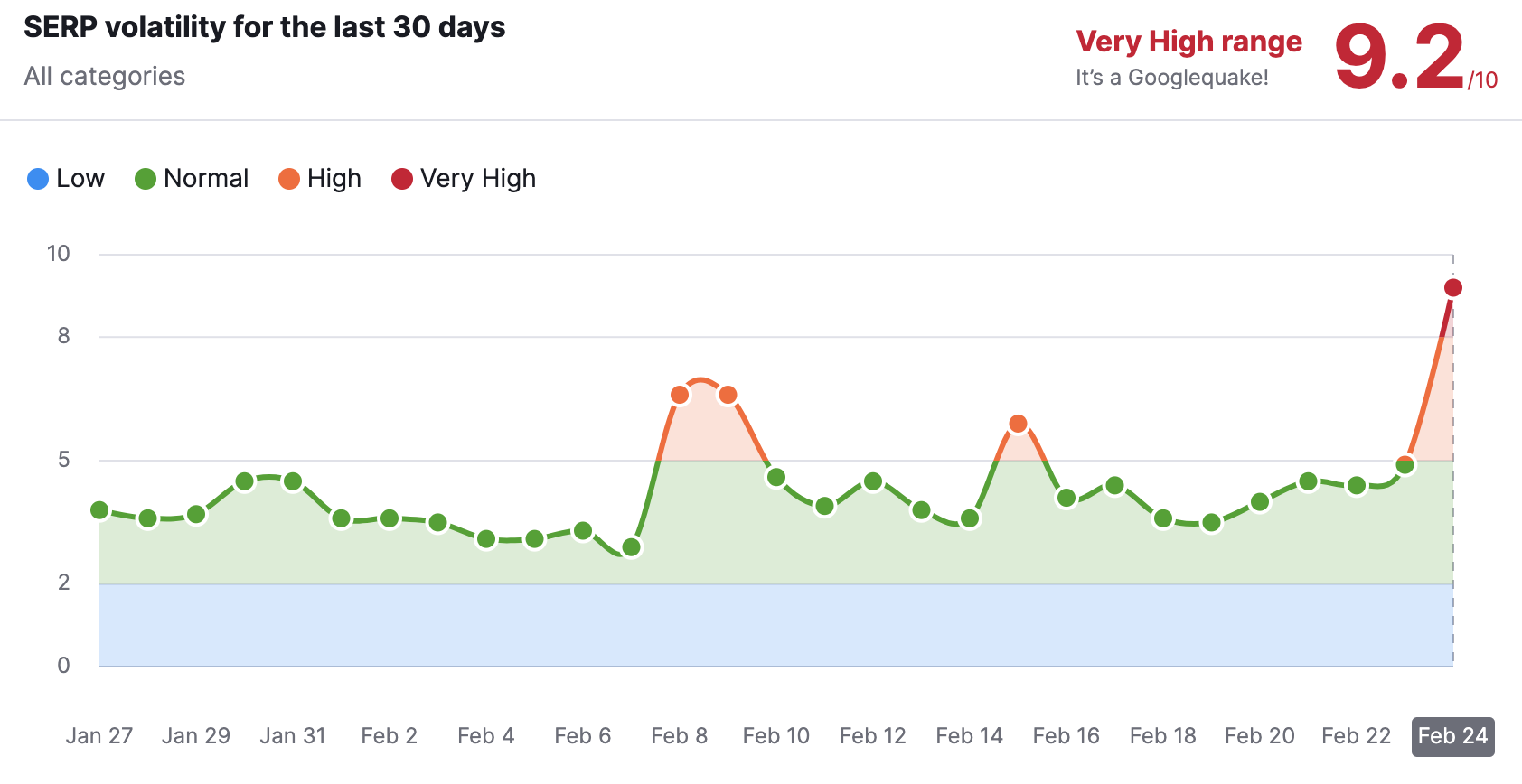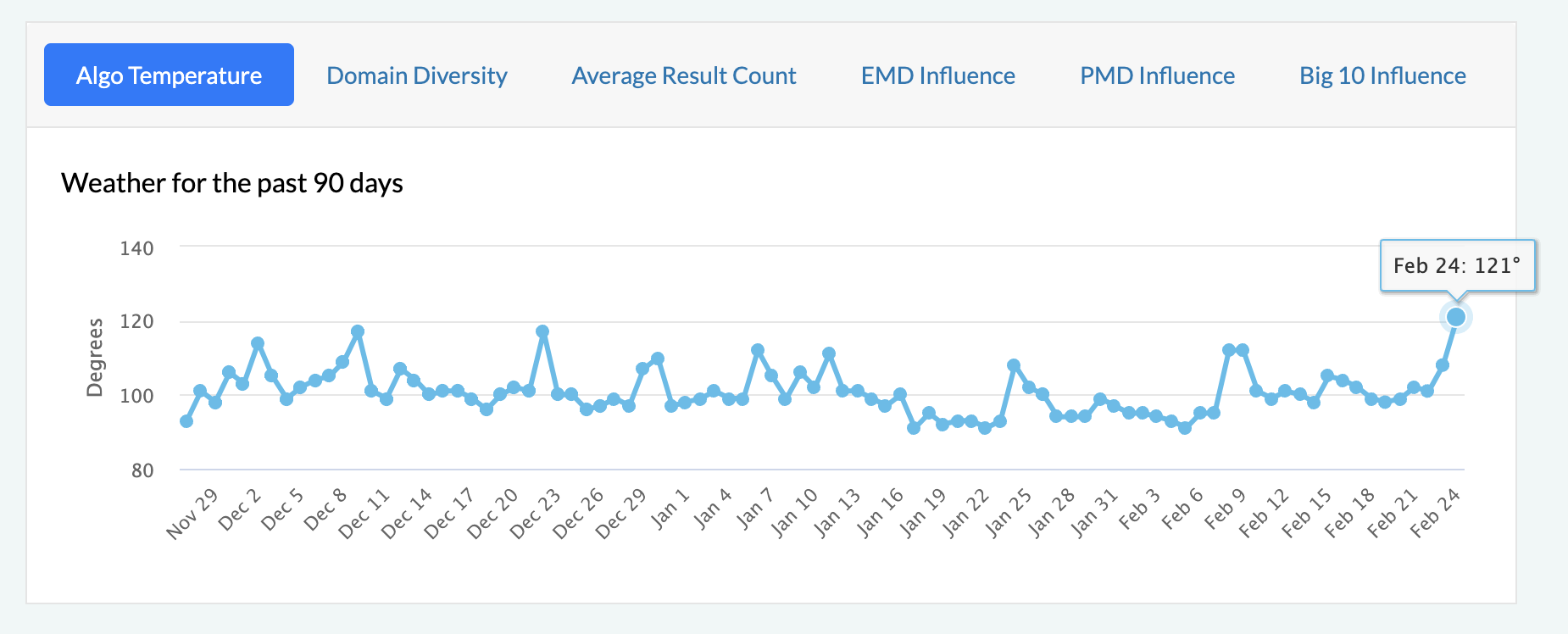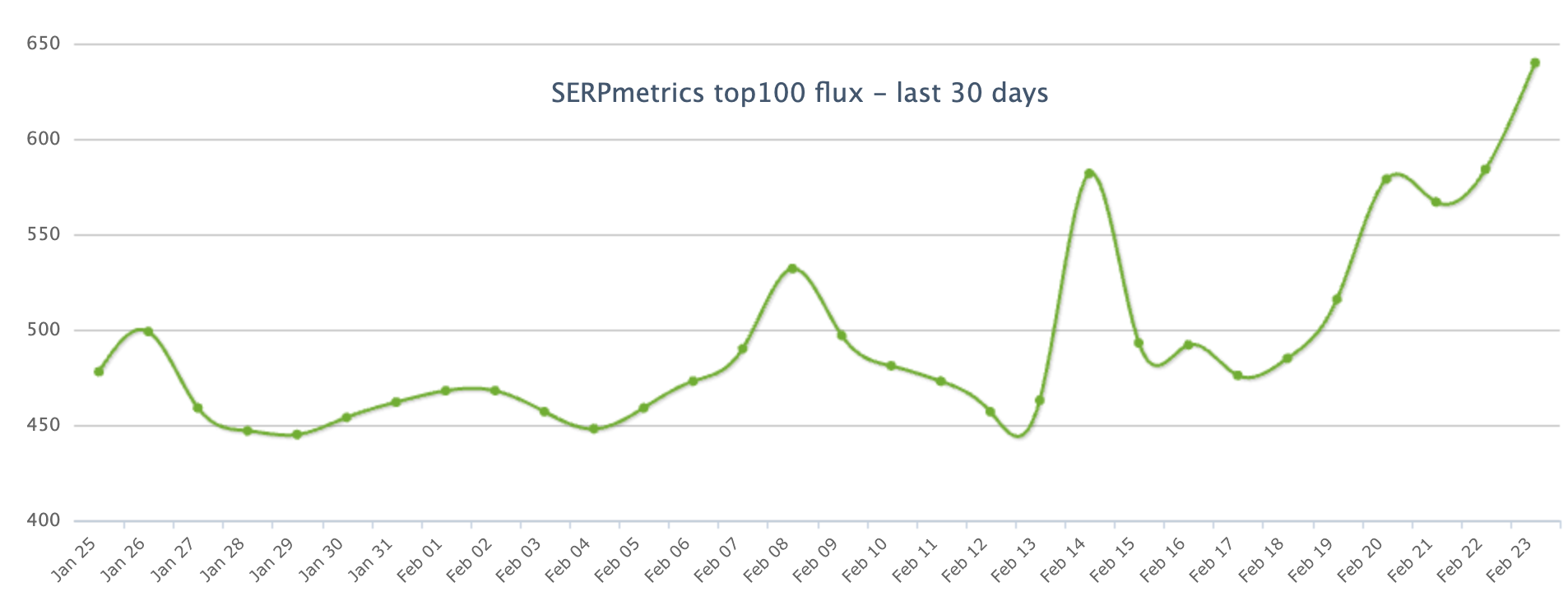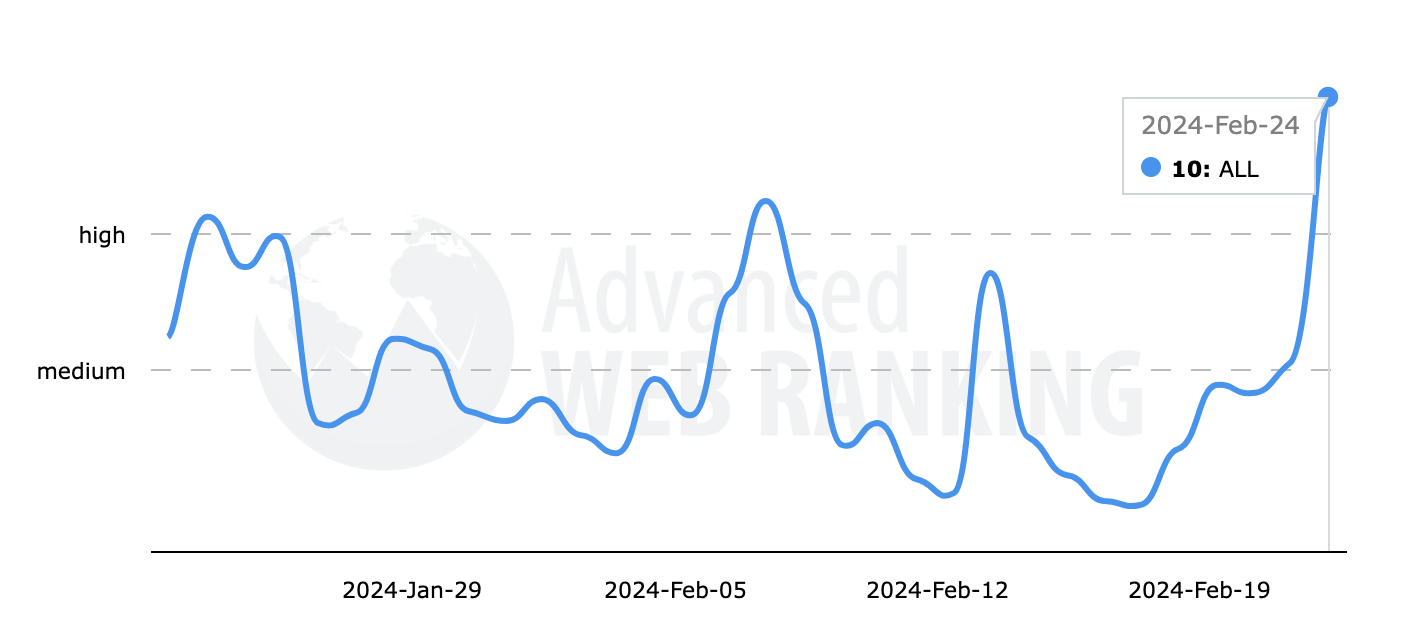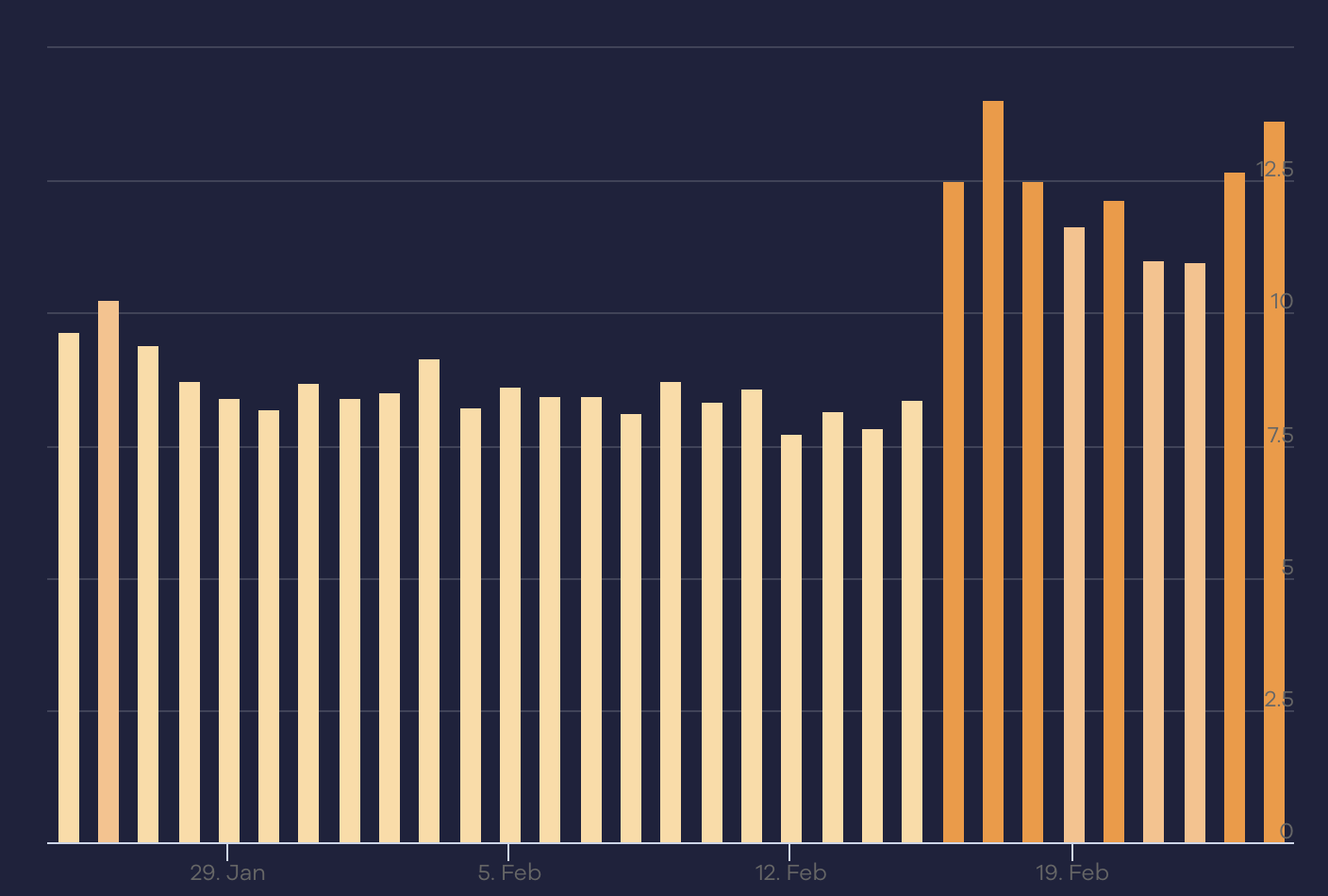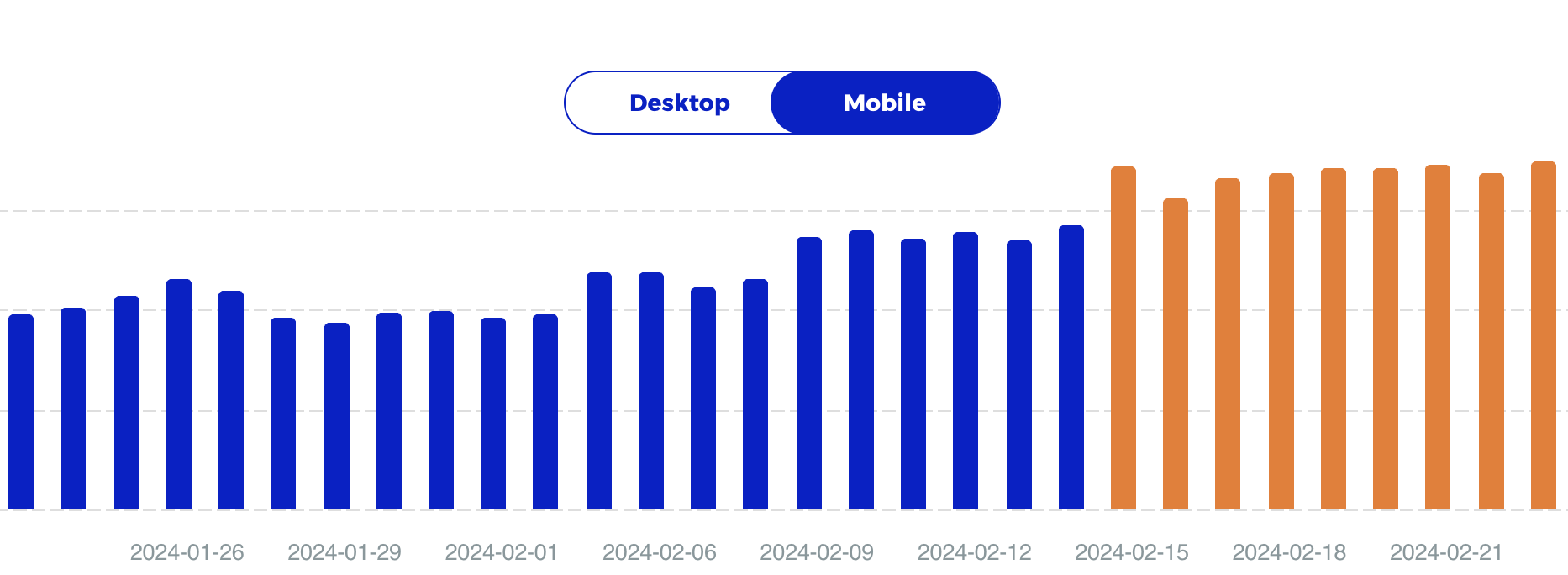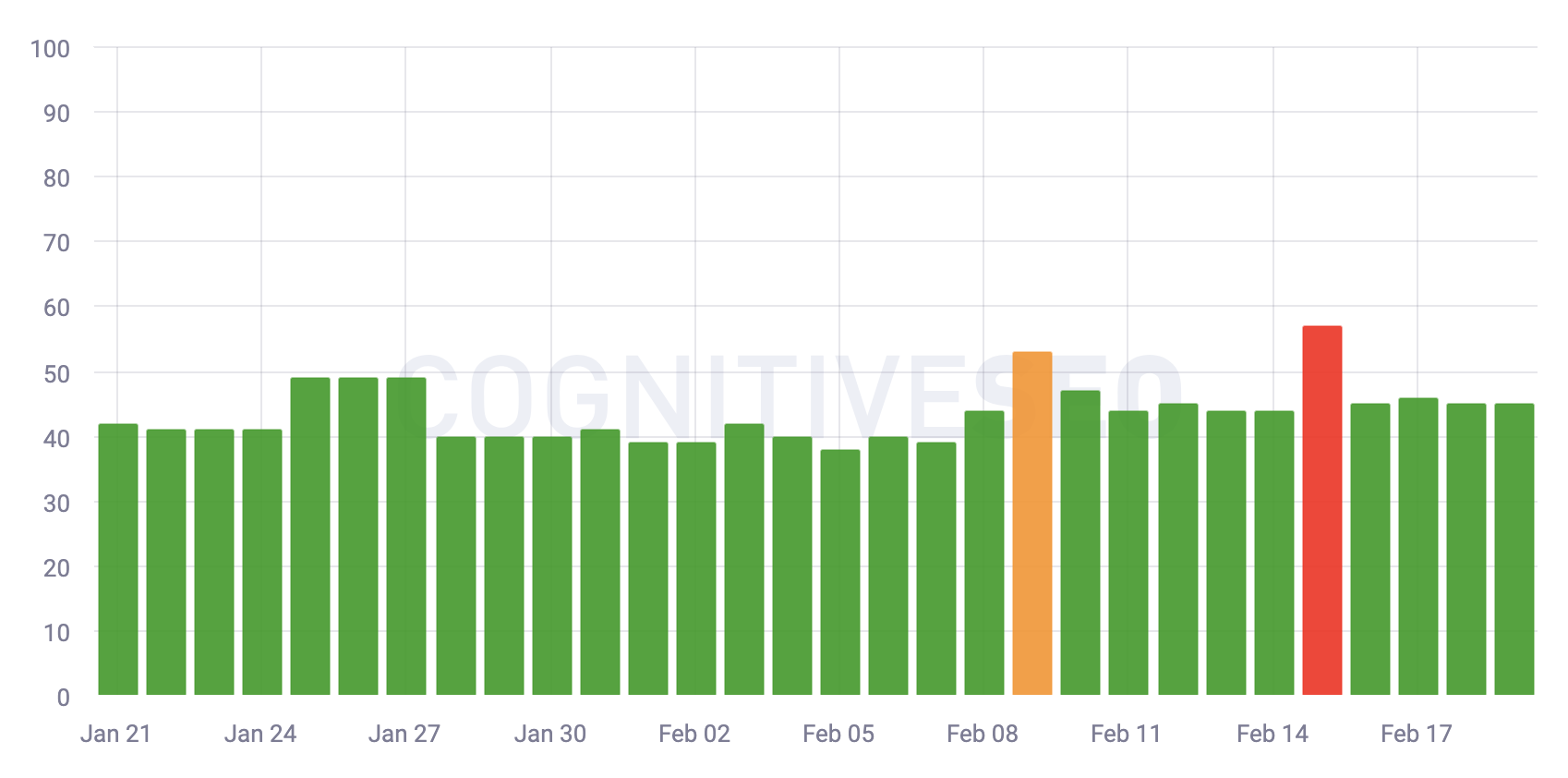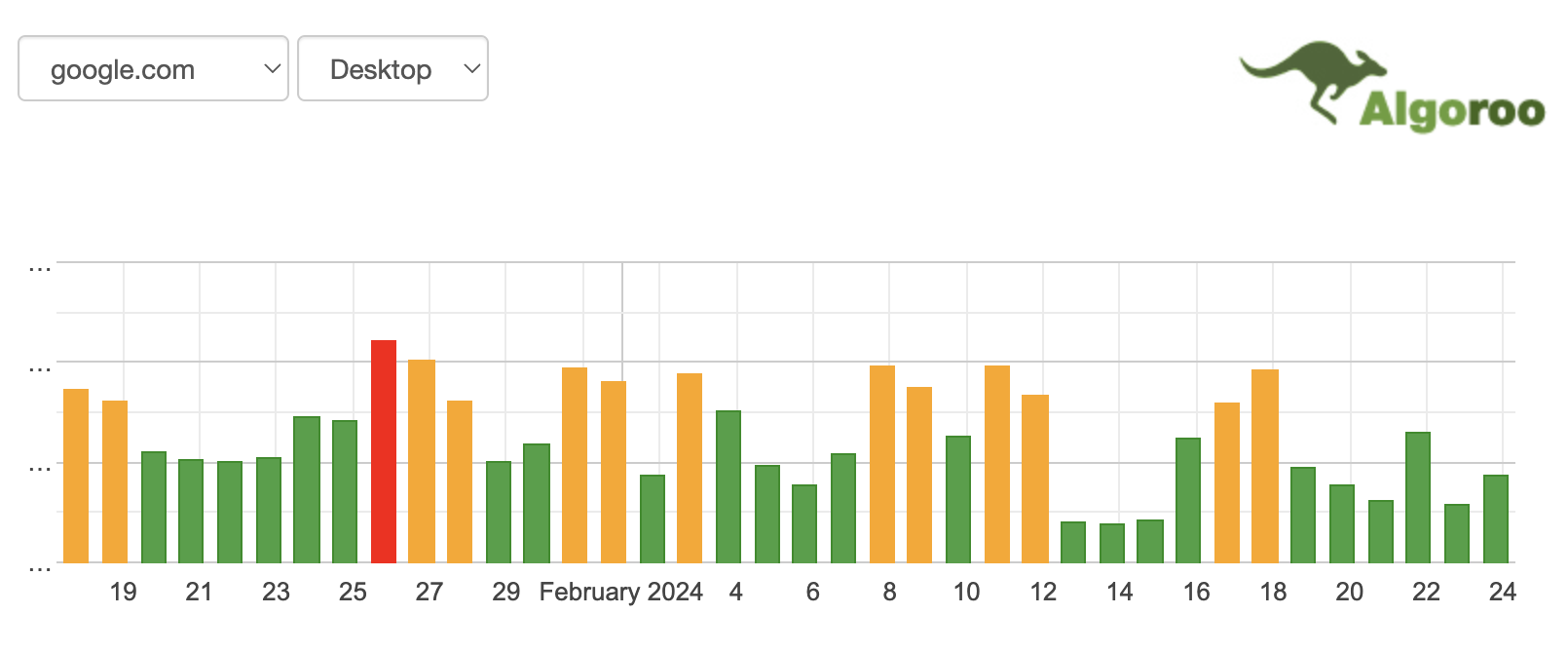OTHER
The Intersection of Artificial Intelligence and Operating System Design

Artificial Intelligence (AI) and Operating Systems (OS) represent two cornerstones of modern computing.
As technology advances, the synergy between AI and OS design becomes increasingly crucial. The main aim of this post is to explore the symbiotic relationship between these two fields, examining how AI influences OS design and vice versa. We’ll examine the historical evolution, current trends, challenges, and potential future directions in the intersection of AI and OS.
Evolution of AI and OS: A Historical Perspective

Early Days
The history of AI dates back to the mid-20th century when pioneers like Alan Turing laid the theoretical groundwork. Initially, AI research focused on symbolic AI, where rule-based systems attempted to emulate human intelligence. Concurrently, early computers operated on basic batch processing systems, lacking the sophistication required for AI integration.
Rise of Machine Learning
As computing power increased, so did the complexity of AI algorithms. Machine learning (ML) emerged as a paradigm shift, allowing systems to learn from data rather than relying on explicit programming. This shift coincided with the development of more sophisticated operating systems, introducing features like multitasking, virtual memory, and file systems.
Parallel Advancements
The 1990s witnessed the rise of graphical user interfaces (GUIs) in operating systems, making computing more accessible. Simultaneously, AI research experienced renewed interest with advancements in neural networks and computational capabilities. However, the two fields largely operated independently during this period.
Convergence in the 21st Century
The 21st century brought about a convergence of AI and OS design. Operating systems evolved to accommodate the resource-intensive nature of AI applications, providing support for efficient task scheduling, resource allocation, and parallel processing. This convergence marked the beginning of a new era in computing.
The Impact of AI on Operating System Design
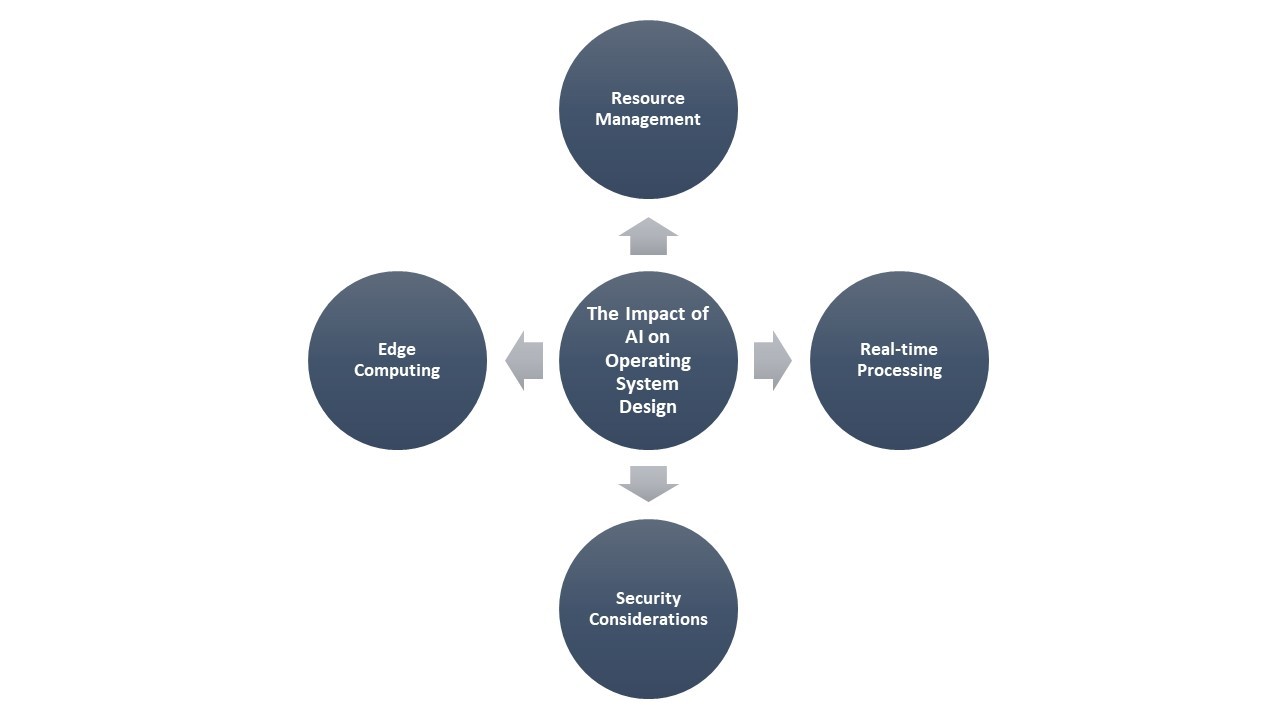
Resource Management
AI applications often demand substantial computational resources. Modern operating systems have adapted to this challenge by implementing advanced resource management techniques. Dynamic resource allocation, prioritization of AI tasks, and efficient memory management have become integral to optimizing system performance.
Real-time Processing
Some AI applications, such as autonomous vehicles and industrial automation, require real-time processing capabilities. Operating systems have responded by incorporating real-time features, ensuring timely execution of critical AI algorithms. This is particularly evident in embedded systems and specialized OS variants designed for specific AI applications.
Security Considerations
The integration of AI introduces new security challenges. Adversarial attacks targeting AI models pose a threat, and operating systems play a crucial role in mitigating these risks. Security features such as secure boot, isolation of AI processes, and regular software updates have become essential components of AI-aware operating systems.
Edge Computing
The proliferation of edge computing, where data processing occurs closer to the source of data generation, has further shaped OS design. Edge devices often host AI models for tasks like image recognition or natural language processing. Optimizing operating systems for low-latency, high-throughput edge computing has become a priority.
Reciprocal Influence: How OS Design Shapes AI
Hardware Abstraction
Operating systems provide a layer of abstraction between hardware and applications. This abstraction is critical for AI development, allowing AI algorithms to run on diverse hardware architectures seamlessly. OS design choices, such as device driver support and hardware abstraction layers, significantly impact AI’s portability across different platforms.
Middleware and Framework Support
AI frameworks and middleware, such as TensorFlow and PyTorch, rely on OS-level functionalities for efficient execution. Operating systems must provide the necessary interfaces and optimizations to support these frameworks. Conversely, the popularity of specific AI frameworks can influence OS design decisions, shaping the direction of future OS features.
Scalability and Distributed Computing
As AI applications scale in complexity, the need for distributed computing architectures becomes evident. Operating systems play a crucial role in enabling scalable and distributed AI systems. Support for cluster computing, distributed file systems, and inter-process communication are key aspects of OS design that directly impact the scalability of AI applications.
Energy Efficiency
The energy efficiency of computing systems is a growing concern, particularly with the rise of AI in mobile devices and IoT applications. Operating systems must incorporate power management strategies, optimizing resource utilization without compromising AI performance. This focus on energy efficiency is reshaping OS design principles and influencing hardware specifications.
Challenges in the Intersection of AI and OS

Complexity and Interdependence
The integration of AI and OS introduces a new level of complexity. AI algorithms often have unique requirements, and adapting operating systems to meet these needs without sacrificing general-purpose functionality poses a challenge. Striking the right balance between flexibility and specialization is an ongoing concern.
Security and Ethical Implications
The deployment of AI introduces novel security challenges, with potential vulnerabilities in AI models and data. Operating systems must address these concerns through robust security measures. Additionally, the ethical implications of AI, such as privacy concerns and biased algorithms, necessitate OS-level interventions to ensure responsible AI development and deployment.
Standardization and Compatibility
The diversity of AI hardware and software ecosystems poses challenges for standardization. Operating systems must navigate this landscape to provide a unified experience for developers and end-users. Compatibility issues between AI frameworks, middleware, and operating systems require careful consideration to facilitate seamless integration.
Continuous Evolution
Both AI and OS technologies are rapidly evolving. Keeping pace with the latest advancements in AI models, hardware architectures, and OS design principles requires continuous adaptation. Operating systems must be designed with extensibility in mind, allowing for the integration of future AI innovations without major overhauls.
Future Directions

Neuro-Inspired Computing
The exploration of neuro-inspired computing, drawing inspiration from the human brain’s architecture, is a promising avenue for the future. Operating systems tailored for neuro-inspired hardware could revolutionize AI processing, potentially leading to more efficient and adaptable systems.
Quantum Computing Integration
As quantum computing technologies mature, the integration of quantum processors into computing systems will impact both AI and OS design. Quantum-aware operating systems may become essential for harnessing the full potential of quantum-enhanced AI algorithms.
Explainable AI and Transparency
Addressing the interpretability of AI models is a critical aspect of future development. Operating systems may play a role in providing tools and interfaces for understanding AI decision-making processes. Transparency in AI algorithms could become a fundamental requirement, influencing OS design choices.
Enhanced Edge Computing Capabilities
The trend towards decentralized computing and edge AI is likely to continue. Operating systems will need to enhance their edge computing capabilities, providing efficient support for AI workloads on resource-constrained devices while maintaining security and reliability.
Last Word
The intersection of Artificial Intelligence and Operating System design represents a dynamic and evolving landscape. From resource management and security considerations to scalability and ethical implications, the symbiotic relationship between AI and OS has far-reaching implications for the future of computing. As we venture into an era where AI becomes increasingly integral to our daily lives, the collaboration and innovation at the intersection of these two fields will continue to shape the technological landscape in profound ways. The journey towards more intelligent, efficient, and secure computing systems is one that AI and OS designers embark upon hand in hand.
OTHER
Why Malia Obama Received Major Criticism Over A Secret Facebook Page Dissing Trump

Given the divisive nature of both the Obama and Trump administrations, it’s unsurprising that reactions to Malia Obama’s alleged secret Facebook account would be emotional. Many online users were quick to jump to former President Donald Trump’s defense, with one user writing: “Dear Malia: Do you really think that anyone cares whether you and/or your family likes your father’s successor? We’re all trying to forget you and your family.”
Others pointed out the double standard held by those who condemn Trump for hateful rhetoric but praise people like Malia who speak out against her father’s successor in what they believe to be hateful rhetoric. Some users seemed bent on criticizing Malia simply because they don’t like her or her father, proving that the eldest Obama daughter couldn’t win for losing regarding the public’s perception of her or her online presence.
The secret Facebook situation is not all that dissimilar to critics who went after Malia for her professional name at the 2024 Sundance Film Festival. In this instance, people ironically accused Malia of using her family’s name to get into the competitive festival while also condemning her for opting not to use her surname, going by Malia Ann instead.
OTHER
Best Practices for Data Center Decommissioning and IT Asset Disposition
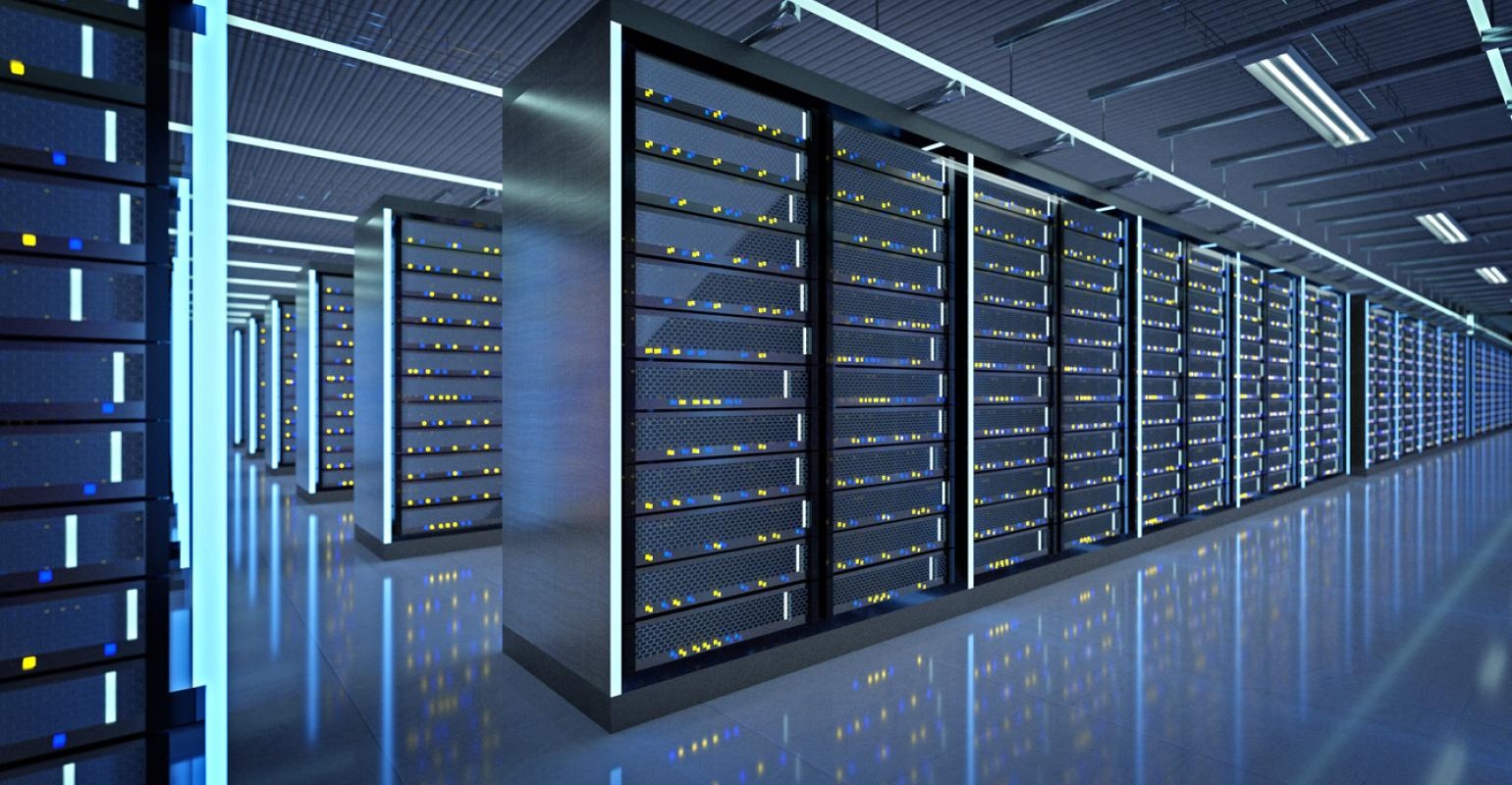
Data center decommissioning is a complicated process that requires careful planning and experienced professionals.
If you’re considering shutting down or moving your data center, here are some best practices to keep in mind:
Decommissioning a Data Center is More than Just Taking Down Physical Equipment
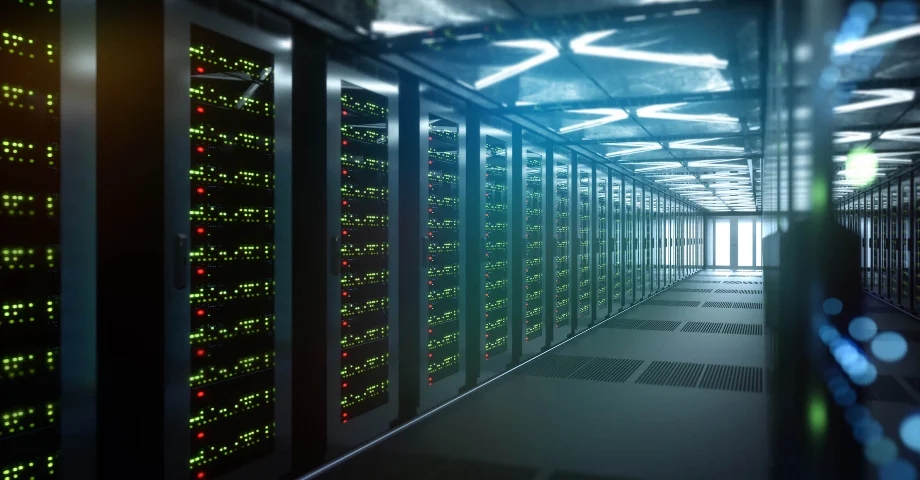
Decommissioning a data center is more than just taking down physical equipment. It involves properly disposing of data center assets, including servers and other IT assets that can contain sensitive information. The process also requires a team with the right skills and experience to ensure that all data has been properly wiped from storage media before they’re disposed of.
Data Centers Can be Decommissioned in Phases, Which Allows For More Flexibility
When you begin your data center decommissioning process, it’s important to understand that it’s not an event. Instead, it’s a process that takes place over time and in phases. This flexibility allows you to adapt as circumstances change and make adjustments based on your unique situation. For example:
-
You may start by shutting down parts of the facility (or all) while keeping others running until they are no longer needed or cost-effective to keep running.
-
When you’re ready for full shutdown, there could be some equipment still in use at other locations within the company (such as remote offices). These can be moved back into storage until needed again.
Data Center Decommissioning is Subject to Compliance Guidelines
Data center decommissioning is subject to compliance guidelines. Compliance guidelines may change, but they are always in place to ensure that your organization is following industry standards and best practices.
-
Local, state and federal regulations: You should check local ordinances regarding the disposal of any hazardous materials that were used in your data center (such as lead-based paint), as well as any other applicable laws related to environmental impact or safety issues. If you’re unsure about how these might affect your plans for a decommissioned facility, consult an attorney who specializes in this area of law before proceeding with any activities related to IT asset disposition or building demolition.
-
Industry standards: There are many industry associations dedicated specifically toward helping businesses stay compliant with legal requirements when moving forward with projects such as data center decommissioning.
-
Internal policies & procedures: Make sure everyone on staff understands how important it is not just from a regulatory standpoint but also from an ethical one; nobody wants their name associated with anything inappropriate!
Companies Should Consider Safety and Security During the Decommissioning Process
Data center decommissioning is a complex process that involves several steps. Companies need to consider the risks associated with each step of the process, and they should have a plan in place to mitigate these risks. The first step of data center decommissioning is identifying all assets and determining which ones will be reused or repurposed. At this point, you should also determine how long it will take for each asset to be repurposed or recycled so that you can estimate how much money it will cost for this part of your project (this can be done through an estimate based on previous experience).
The second step involves removing any hazardous materials from electronic equipment before it’s sent off site for recycling; this includes chemicals used in manufacturing processes like lead-free solder paste adhesives used on circuit boards made from tin-based alloys containing up 80% pure tin ingots stamped out into flat sheets called “pucks”. Once these chemicals have been removed from whatever device needs them taken off their surfaces then those devices can safely go through any other necessary processes such as grinding away excess plastic housing material using high pressure water jets until only its bare frame remains intact without any cracks where moisture might collect inside later causing corrosion damage over time due too much moisture exposure.
With Proper Planning and an Effective Team, You’ll Help Protect Your Company’s Future
Data center decommissioning is a complex process that should be handled by a team of experts with extensive experience in the field. With proper planning, you can ensure a smooth transition from your current data center environment to the next one.
The first step toward a successful data center decommissioning project is to create a plan for removing hardware and software assets from the building, as well as documenting how these assets were originally installed in the facility. This will allow you or another team member who may inherit some of these assets later on down the line to easily find out where they need to go when it’s time for them to be moved again (or disposed).
Use Professional Data Center Decommissioning Companies
In order to ensure that you get the most out of your data center decommissioning project, it’s important to use a professional data center decommissioning company. A professional data center decommissioning company has experience with IT asset disposition and can help you avoid mistakes in the process. They also have the tools and expertise needed to efficiently perform all aspects of your project, from pre-planning through finalizing documentation.
Proper Planning Will Help Minimize the Risks of Data Center Decommissioning

Proper planning is the key to success when it comes to the data center decommissioning process. It’s important that you don’t wait until the last minute and rush through this process, as it can lead to mistakes and wasted time. Proper planning will help minimize any risks associated with shutting down or moving a data center, keeping your company safe from harm and ensuring that all necessary steps are taken before shutdown takes place.
To Sum Up
The key to a successful ITAD program is planning ahead. The best way to avoid unexpected costs and delays is to plan your ITAD project carefully before you start. The best practices described in this article will help you understand what it takes to decommission an entire data center or other large facility, as well as how to dispose of their assets in an environmentally responsible manner.
OTHER
Massive Volatility Reported – Google Search Ranking Algorithm Update

I am seeing some massive volatility being reported today after seeing a spike in chatter within the SEO community on Friday. I have not seen the third-party Google tracking tools show this much volatility in a long time. I will say the tracking tools are way more heated than the chatter I am seeing, so something might be off here.
Again, I saw some initial chatter from within the SEO forums and on this site starting on Friday. I decided not to cover it on Friday because the chatter was not at the levels that would warrant me posting something. Plus, while some of the tools started to show a lift in volatility, most of the tools did not yet.
To be clear, Google has not confirmed any update is officially going on.
Well, that changed today, and the tools are all superheated today.
Google Tracking Tools:
Let’s start with what the tools are showing:
So most of these tools are incredibly heated, signaling that they are showing massive changes in the search result positions in the past couple of days.
SEO Chatter
Here is some of the chatter from various comments on this site and on WebmasterWorld since Friday:
Speaking of, is anyone seeing some major shuffling going on in the SERPs today? It’s a Friday so of course Google is playing around again.
Something is going on.
Pages are still randomly dropping out of the index for 8-36h at a time. Extremely annoying.
Speaking of, is anyone seeing some major shuffling going on in the SERPs today? It’s a Friday so of course Google is playing around again
In SerpRobot I’m seeing a steady increase in positions in February, for UK desktop and mobile, reaching almost the ranks from the end of Sep 2023. Ahrefs shows a slight increase in overall keywords and ranks.
In the real world, nothing seems to happen.
yep, traffic has nearly come to a stop. But exactly the same situation happened to us last Friday as well.
USA traffic continues to be whacked…starting -70% today.
In my case, US traffic is almost zero (15 % from 80%) and the rest is kind of the same I guess. Traffic has dropped from 4K a day to barely scrapping 1K now. But a lot is just bots since payment-wise, the real traffic seems to be about 400-500. And … that’s how a 90% reduction looks like.
Something is happening now. Google algo is going crazy again. Is anyone else noticing?
Since every Saturday at 12 noon the Google traffic completely disappears until Sunday, everything looks normal to me.
This update looks like a weird one and no, Google has not confirmed any update is going on.
What are you all noticing?
Forum discussion at WebmasterWorld.
-

 PPC7 days ago
PPC7 days ago10 Most Effective Franchise Marketing Strategies
-

 MARKETING5 days ago
MARKETING5 days agoEffective Communication in Business as a Crisis Management Strategy
-

 SEARCHENGINES6 days ago
SEARCHENGINES6 days agoGoogle Won’t Change The 301 Signals For Ranking & SEO
-

 SEARCHENGINES7 days ago
SEARCHENGINES7 days agoGoogle Again Says Ignore Link Spam Especially To 404 Pages
-

 SEO5 days ago
SEO5 days agobrightonSEO Live Blog
-

 PPC6 days ago
PPC6 days ago9 Ecommerce Trends to Boost Your Business in 2024
-

 SEO7 days ago
SEO7 days agoMeasuring Content Impact Across The Customer Journey
-

 SEO6 days ago
SEO6 days agoHow To Write ChatGPT Prompts To Get The Best Results














